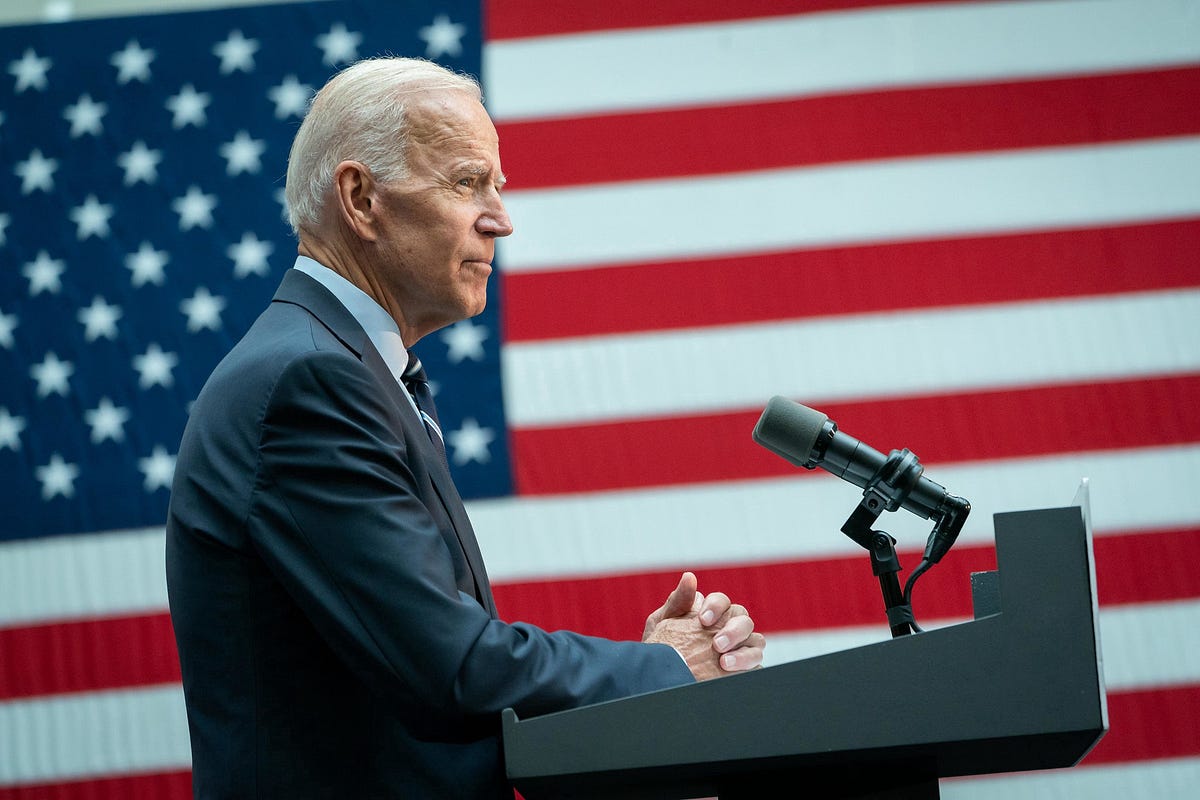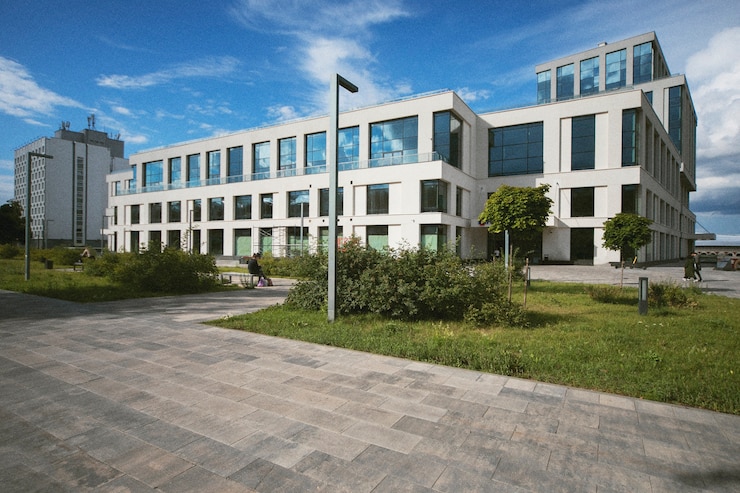Education plays a crucial role in shaping an individual’s future, providing knowledge and skills that are essential for personal and professional growth. However, one major obstacle that many students face is the issue of affordability. While the focus is often on initiatives such as President Biden’s mortgage forgiveness plan, it is important to recognize that colleges themselves struggle with addressing the underlying problem of affordability.
Biden’s Mortgage Forgiveness Plan
President Biden’s mortgage forgiveness plan has gained significant attention and debate. The proposal aims to alleviate the burden of student loan debt by forgiving a portion of it. While this plan may provide relief for some borrowers, it is crucial to note that it primarily addresses the issue of student loans, which is a separate concern from the overall affordability of colleges and universities.
The Problem of Affordability in Colleges
Colleges across the nation are grappling with the challenge of making education affordable for all students. The rising costs of tuition, fees, and living expenses have created financial barriers that prevent many individuals from pursuing higher education. This problem is not limited to a particular demographic or region but affects students from diverse backgrounds.
Current Challenges Faced by Students
- Rising Tuition Fees: The cost of tuition has been steadily increasing, outpacing inflation and placing a significant burden on students and their families.
- High Living Expenses: Beyond tuition, students must also contend with the cost of housing, meals, textbooks, and other necessary supplies, further adding to the financial strain.
- Limited Access to Financial Aid: While scholarships and grants exist, the availability and accessibility of financial aid options vary, leaving many students without adequate support.
- The Burden of Student Loans: Even with financial aid, many students resort to taking out loans, which can lead to substantial debt upon graduation.
Solutions for Addressing College Affordability
While the problem of college affordability is complex, there are various solutions that institutions can consider to make education more accessible and affordable for students.
- Scholarships and Grants
One approach is to expand scholarship and grant opportunities. Colleges can work to establish partnerships with organizations and donors to increase the availability of financial aid. By providing more scholarships and grants, institutions can help alleviate the burden of tuition costs for deserving students. - Work-Study Programs
Work-study programs offer students the opportunity to earn money while gaining valuable work experience. These programs can be integrated into the curriculum, allowing students to balance their academic responsibilities with part-time employment. By participating in work-study programs, students can earn income to help cover their educational expenses. - Lowering Tuition Fees
Colleges can explore ways to lower tuition fees by implementing cost-saving measures. This could involve evaluating administrative costs, improving operational efficiency, and seeking alternative revenue streams. By reducing the financial burden on students, colleges can make education more affordable and accessible. - Implementing Loan Forgiveness Programs
In addition to federal loan forgiveness plans like the one proposed by President Biden, colleges can develop their own loan forgiveness programs. These programs could be designed to assist graduates who pursue careers in public service or underserved areas. By easing the burden of student loan debt, these initiatives can help make college more affordable and encourage students to pursue careers that benefit society.


